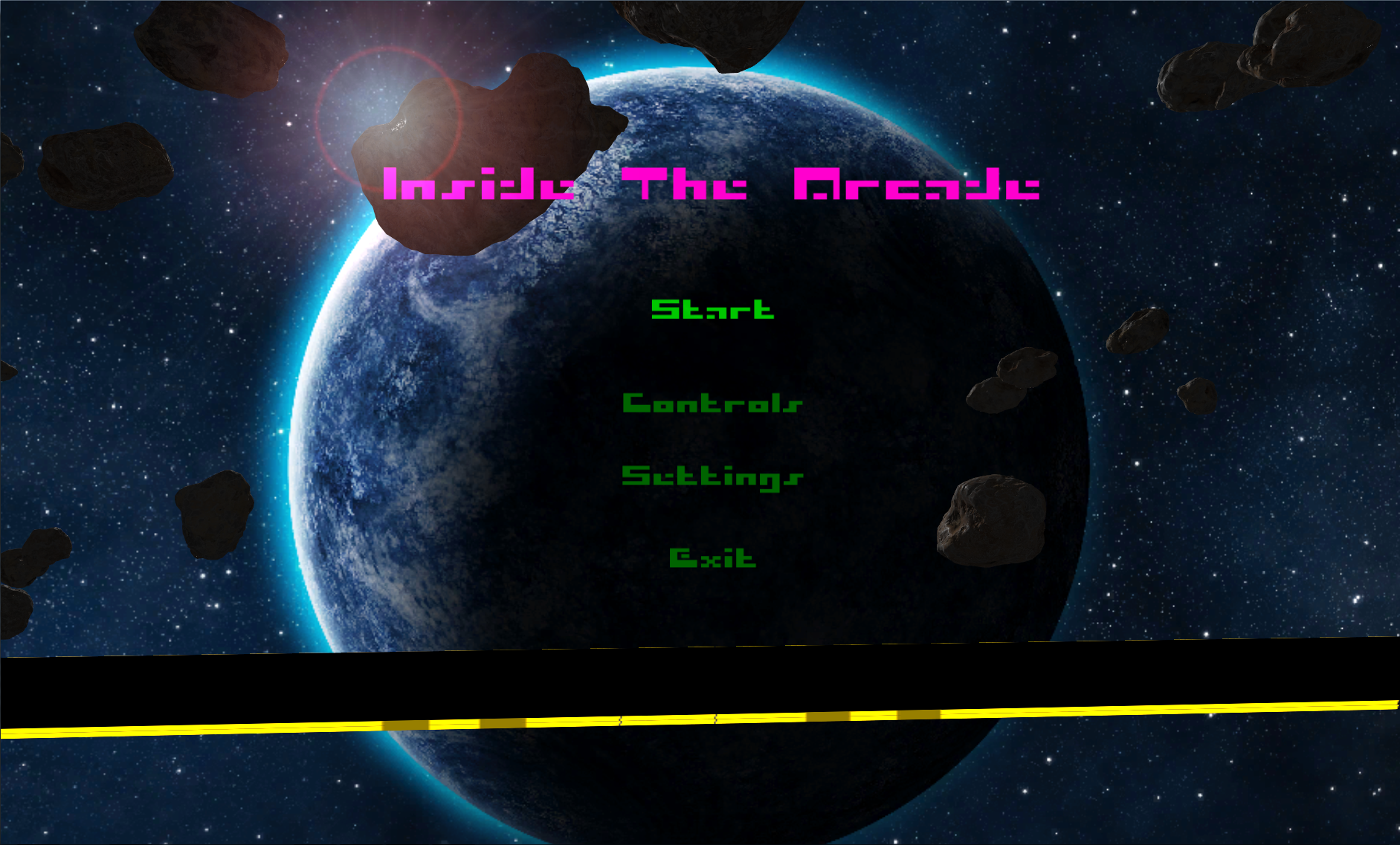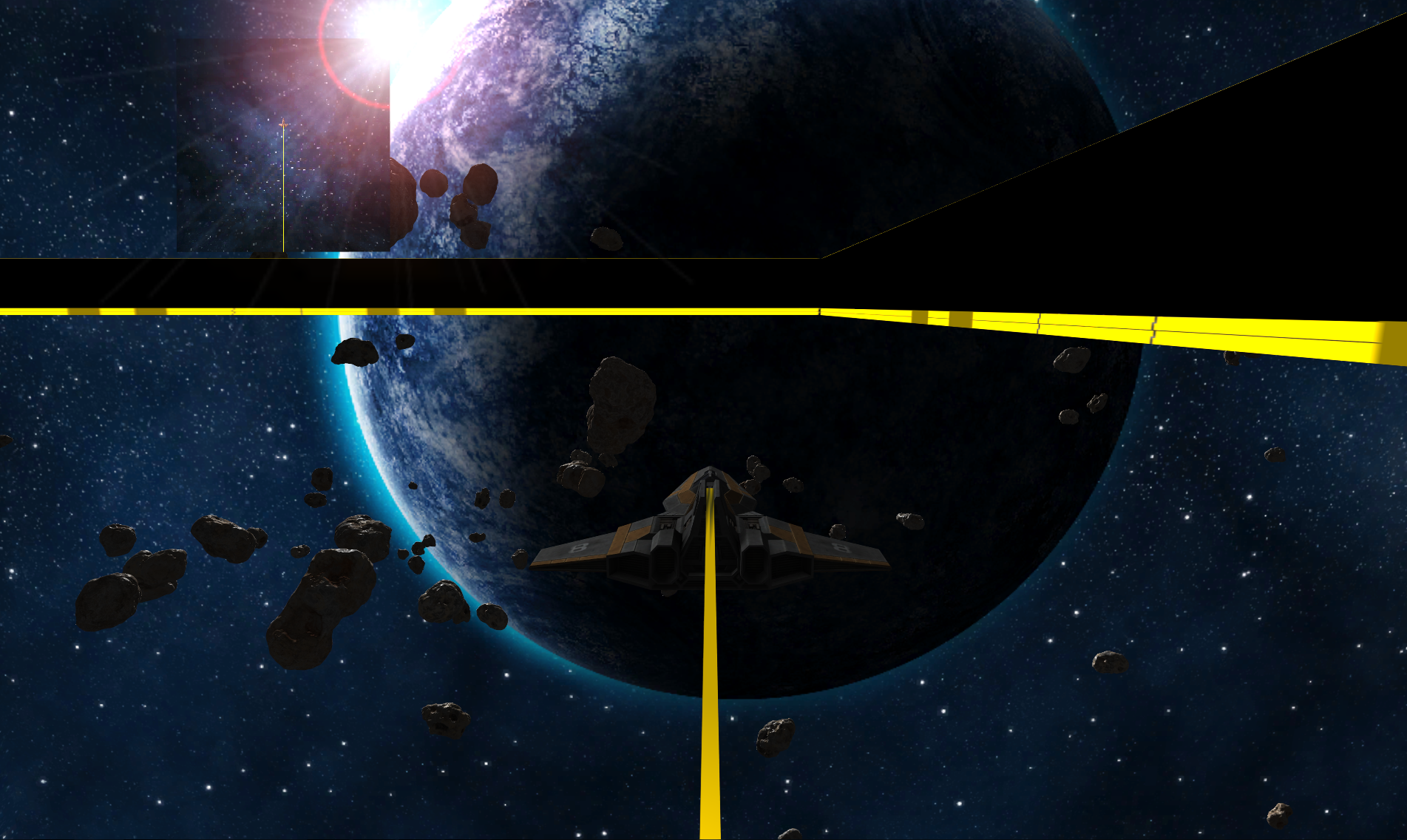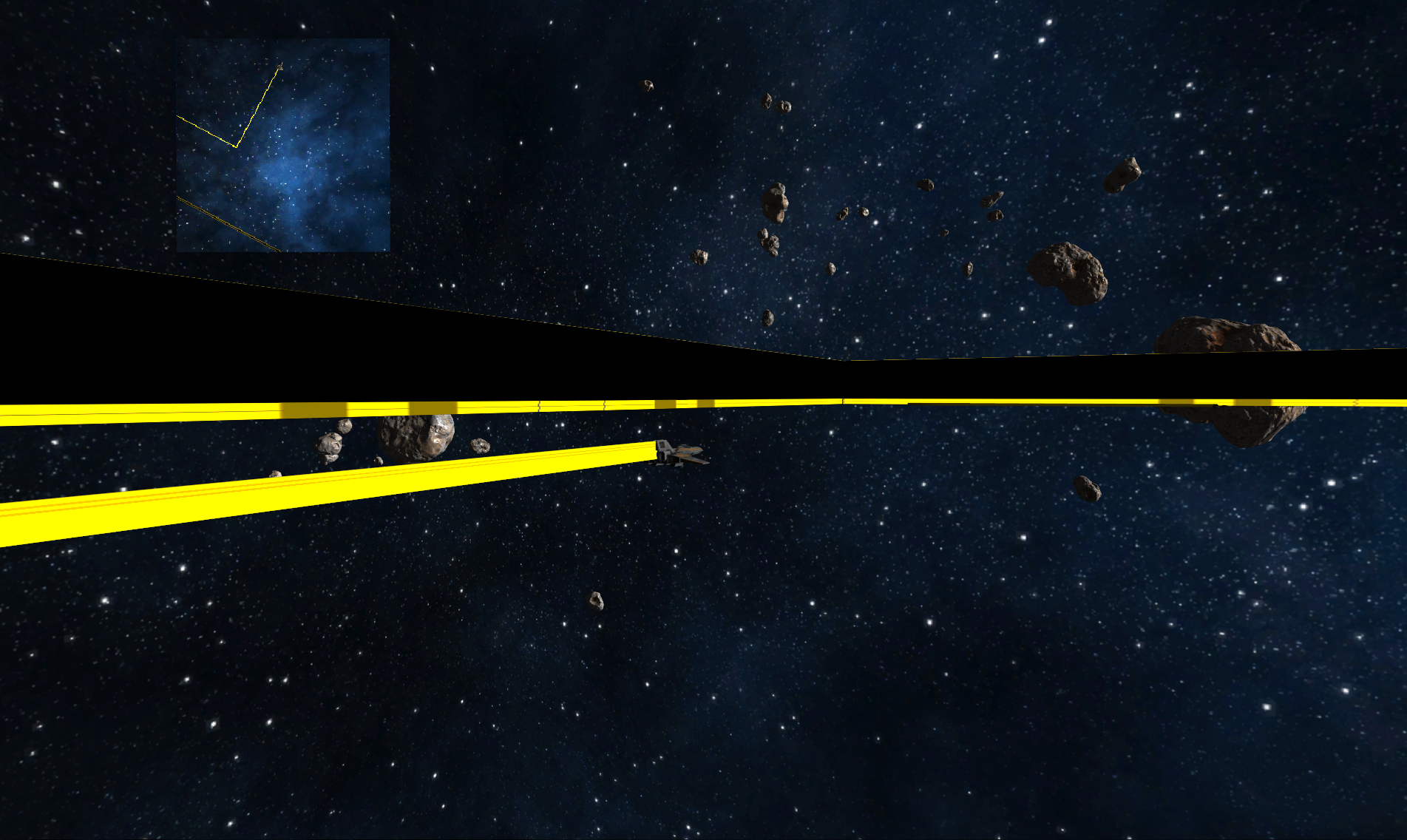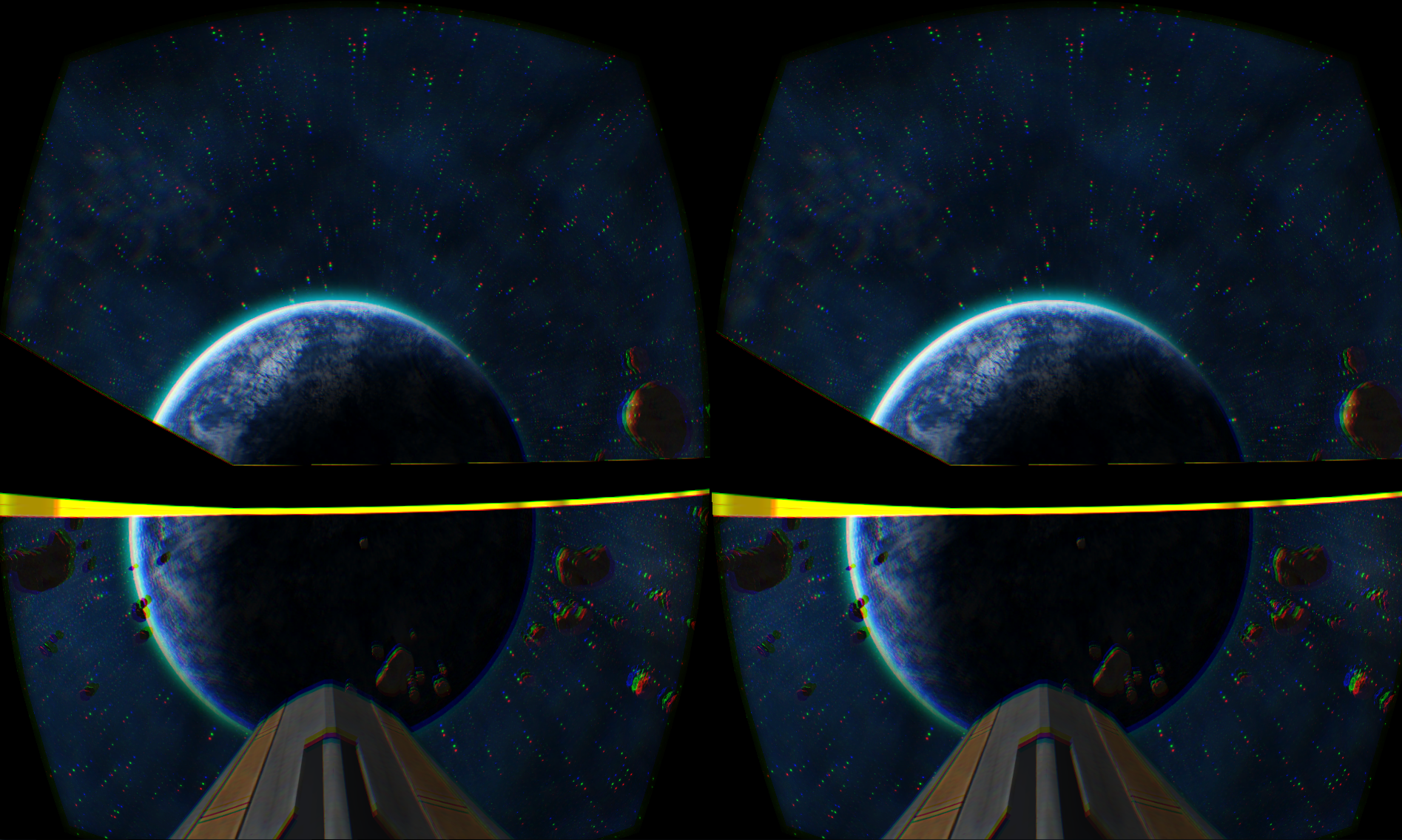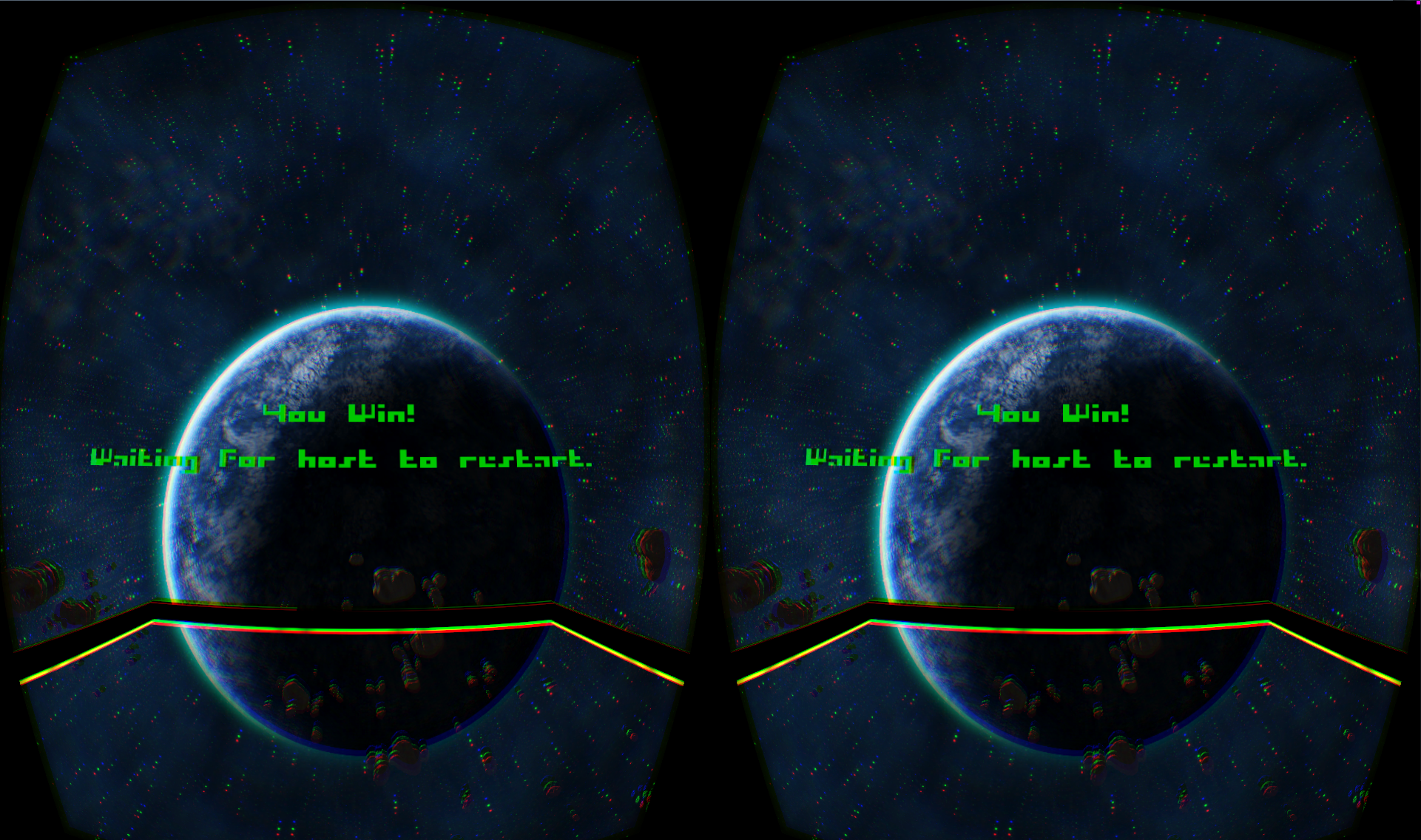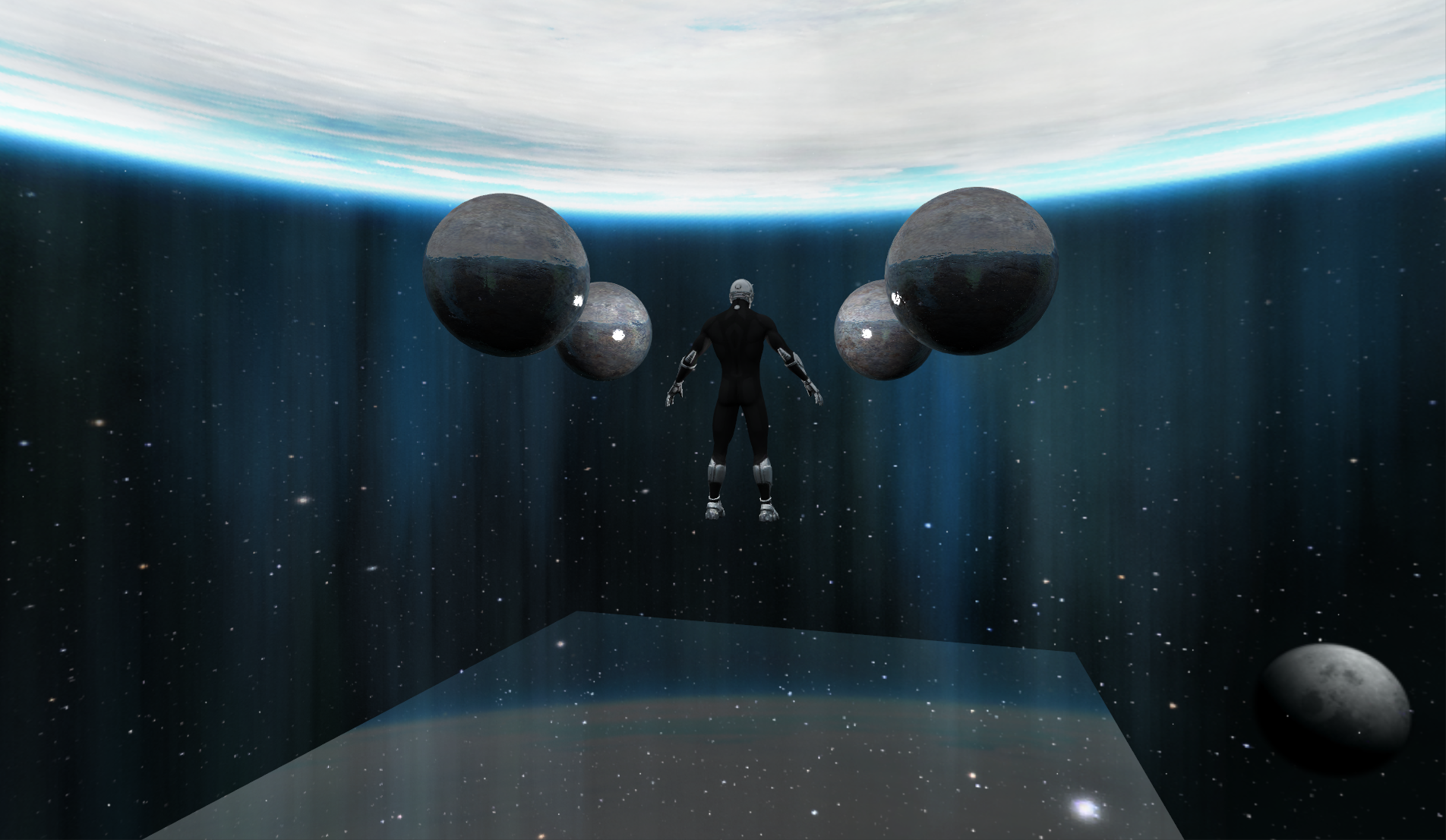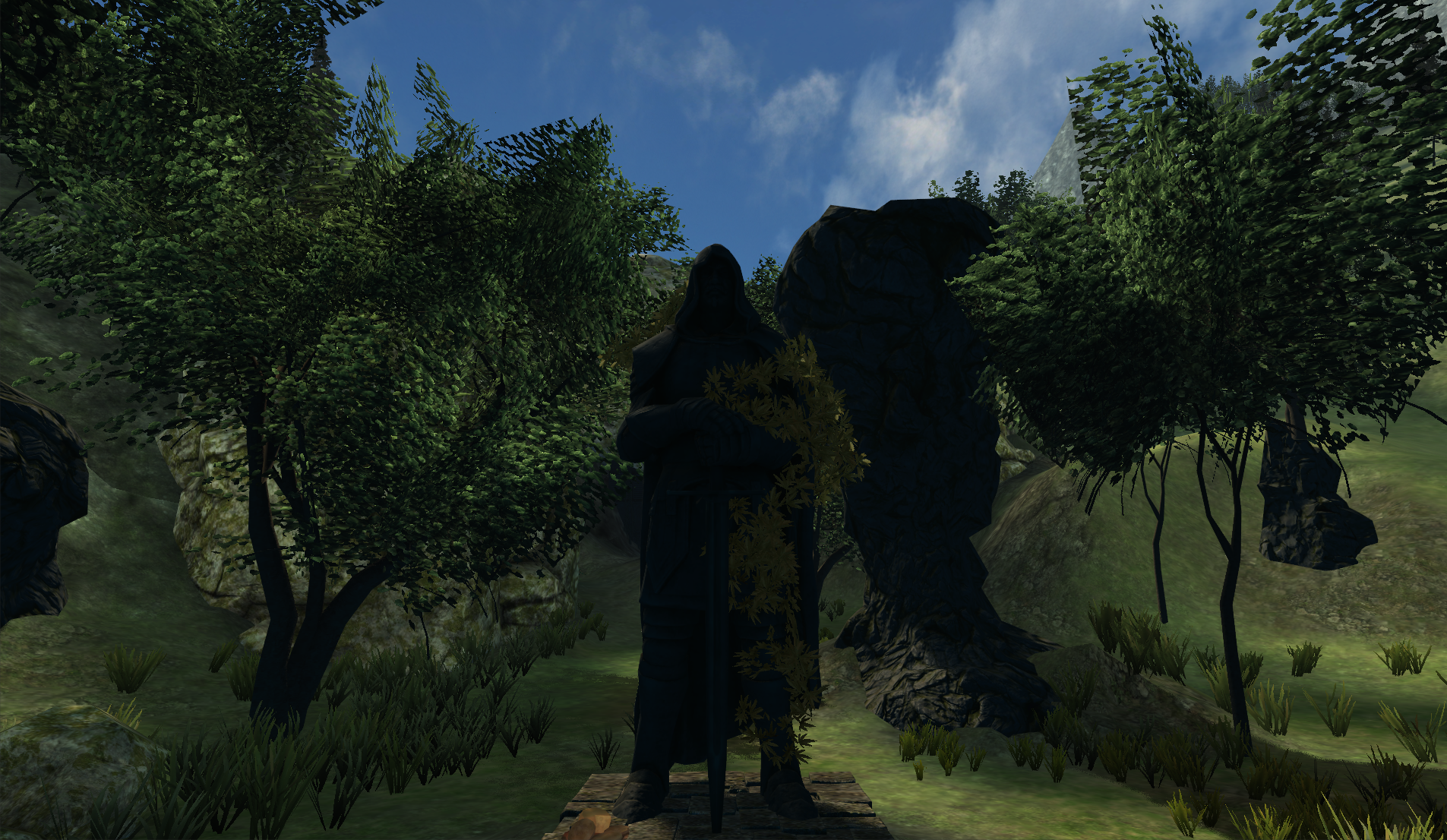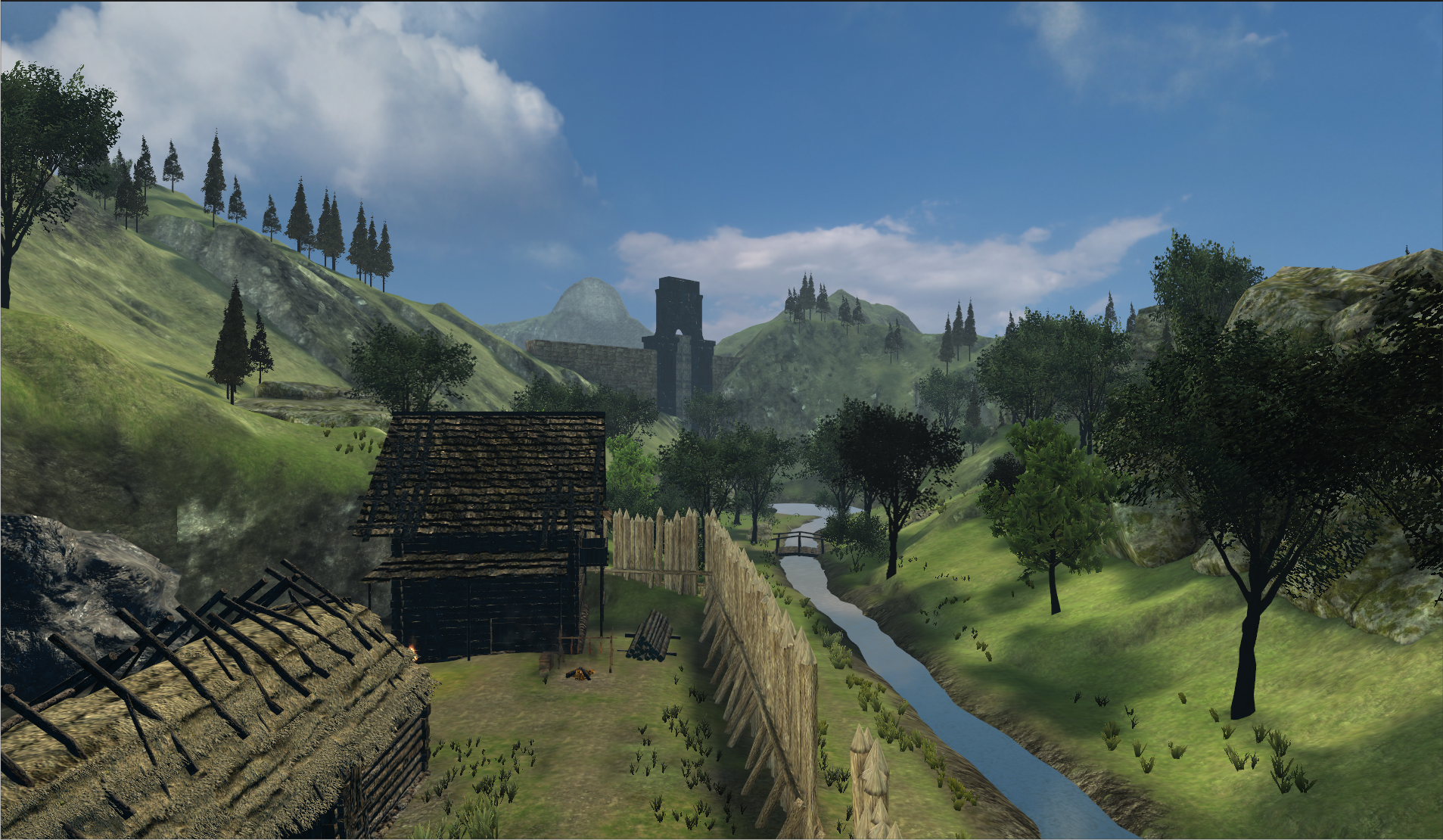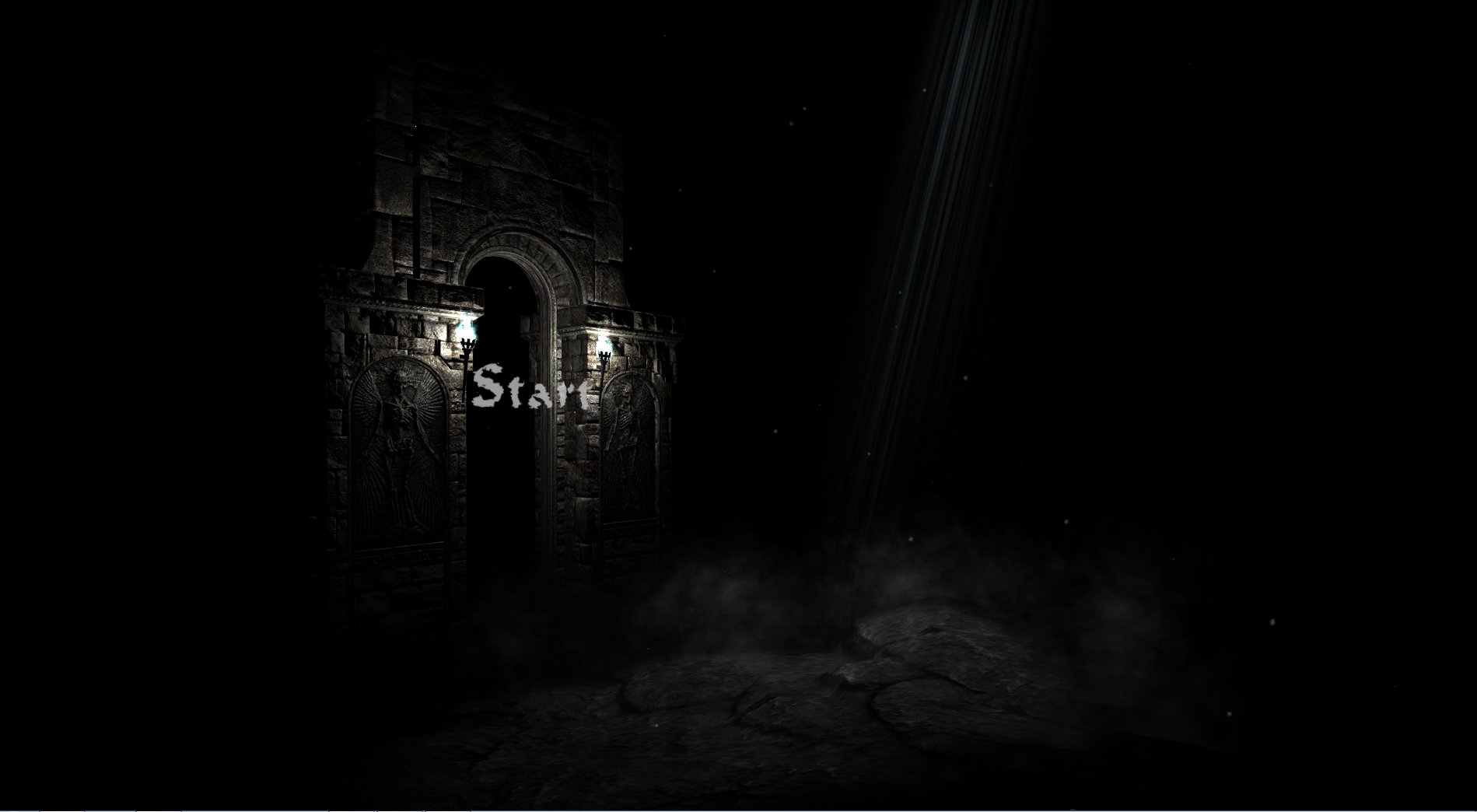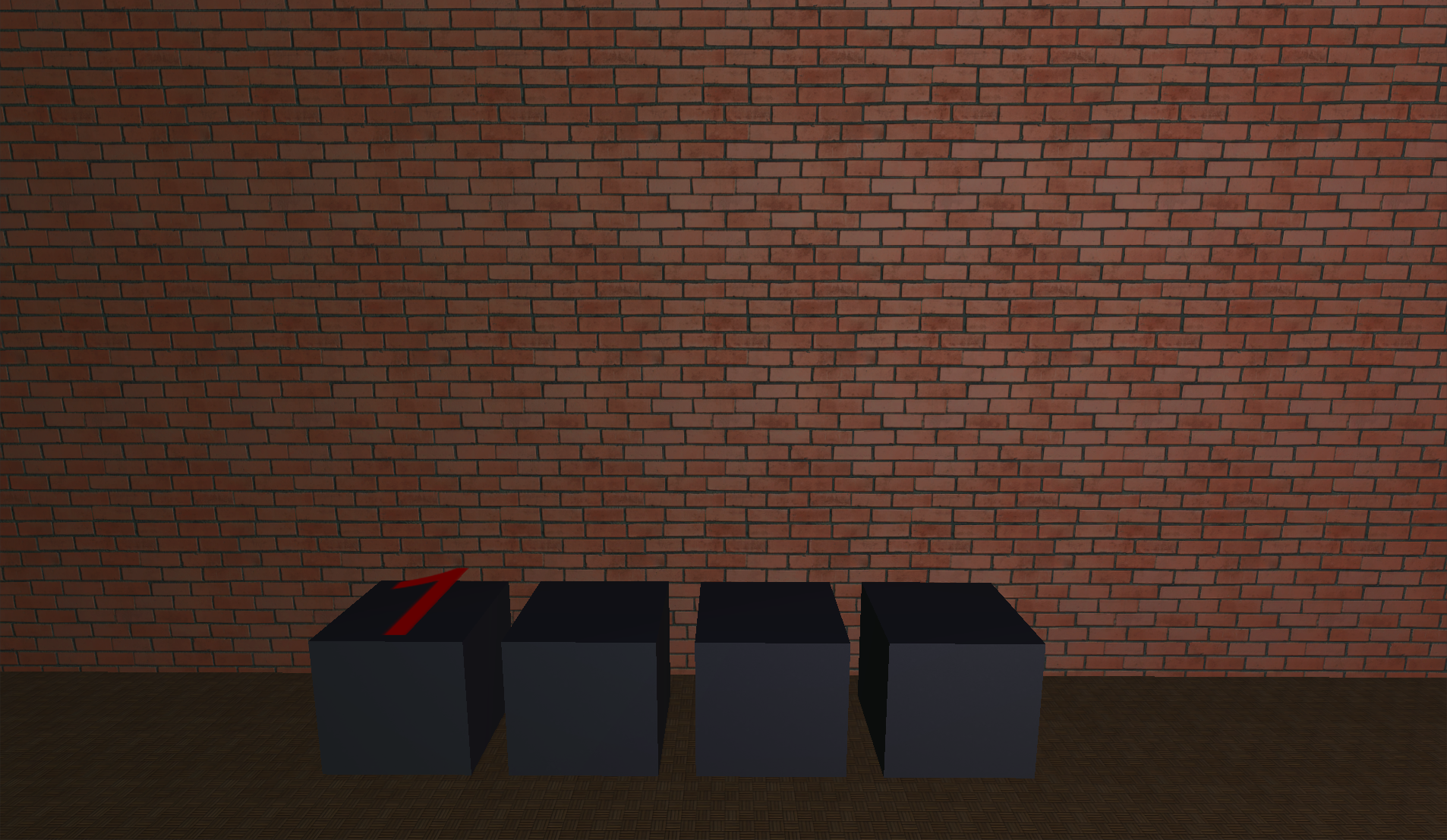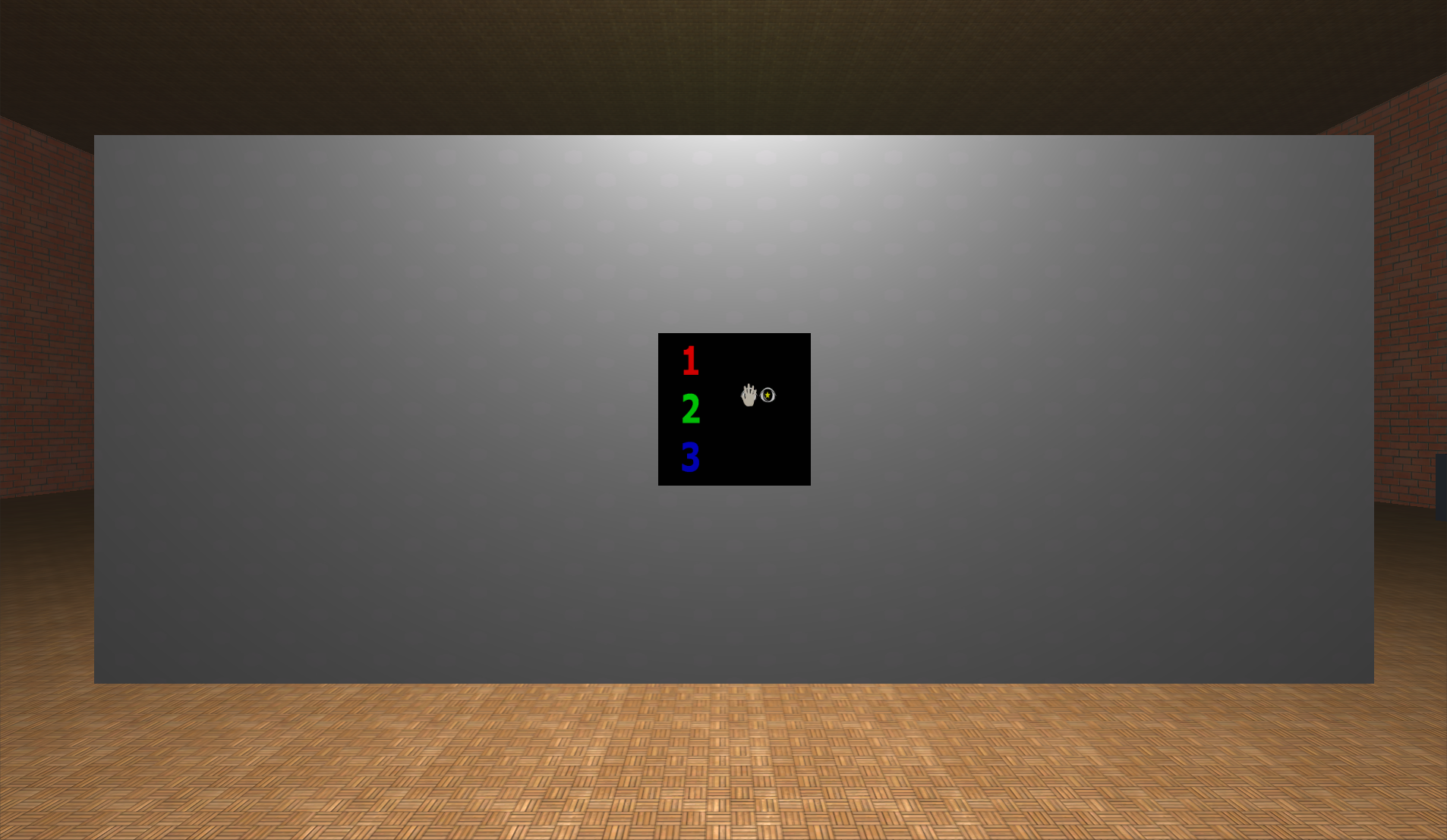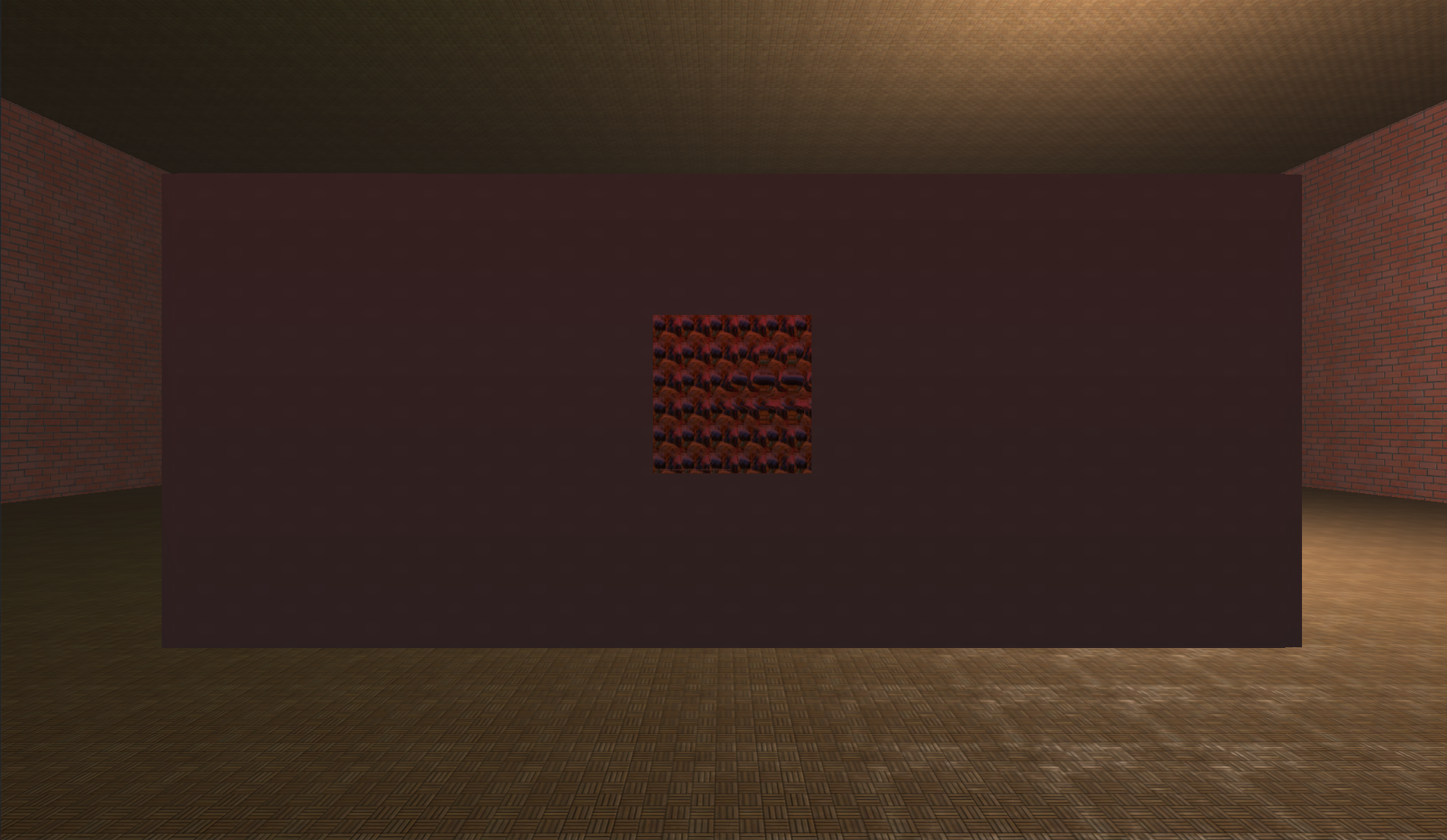


VR Projects
VR Projects
I've tested and used a plethora of input controls including: positional controls (including the Vive controllers, Oculus Touch, and Razer Hydra), mouse and keyboard, webcam, gaze, game controllers (xbox), kinect, voice, leap motion, and self made arduino inputs.
In most cases, I've done the development and game design, but several of the games were created with a small team (2-5 people). My professional experience is available upon request, but kept off of my portfolio for the discretion of my clients/employers.
Small Worlds
Small Worlds
Small Worlds is an art installation based about altering peoples perspective of their impact. Users put on the HTC vive and start to draw onto a sheet of paper. The images they draw generate meshes in the VR world and alter the worlds around them in the VR space.
The computation to generate hundreds of thousands of vertices using tens of thousands of pixels from webcam data would normally reduce the frame rate below the desired 90 fps in VR. By creating frame offsets pixeldata -> mesh generation (in waves) -> garbage collection and optimizing the algorithms the frame rate remained above 90fps to create a smooth user experience.
I Doubt
I Doubt
"I Doubt" is an experiment into non-linear VR story telling. The user is presented with a series of images that they choose from. The images act like a rorschach test where the user selects one of the ambiguous options. Players choices alter the interpretation of the story events.
The interactive story uses gaze as user input. Through a series of user tests the gaze selection was altered to account for how people look at objects. Few people angle their face directly toward an object, instead looking either slightly below or above the target. Through several iterations, we found the appropriate "gaze arc" so that no user was left questioning if they made a choice.

IN THE ARCADE
IN THE ARCADE
In The Arcade is an online multiplayer VR game based off of grid based Light cycles (as seen in Tron). Players can play using a monitor or a VR headset.
Motion is a difficult subject in VR. The wrong motion creates horrible user experience due to nausea and jarring experiences. To accommodate for this, we went through many iterations of controls to find the best form of locomotion in VR.

The Warden
The Warden
The Warden is an atmosphere rich first person environment with a positional and physics based combat and interaction system.
In order to achieve the "in your head" effect for the audio, I created a binaural audio microphone by soldering together multiple microphones and altering the audio output. This achieved a true "Room feeling". I could generate accurately generate the sound of people moving around me as well as the sound of an internal monologue.

Art Gallery
Art Gallery
Art Gallery
Art Gallery is a short one room experiment that takes a few pages from Myst and a few of the curiosities of human sight to make a strange atmosphere with a confusing ending. Initially, Art Gallery was designed for me to experiment with the effects of stereoscopic sight on general eye functioning. As the experiment progressed, I saw an opportunity to fulfill a childhood dream of creating Myst. This was a small project that I saw a potential for more in.
